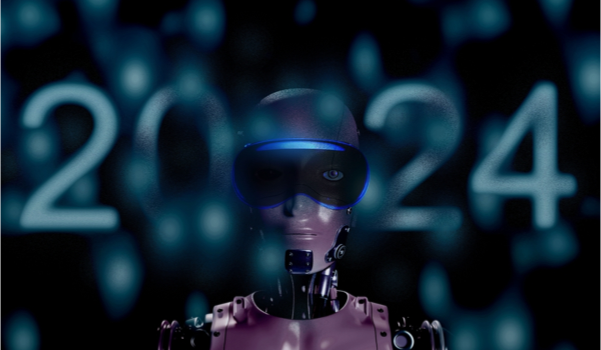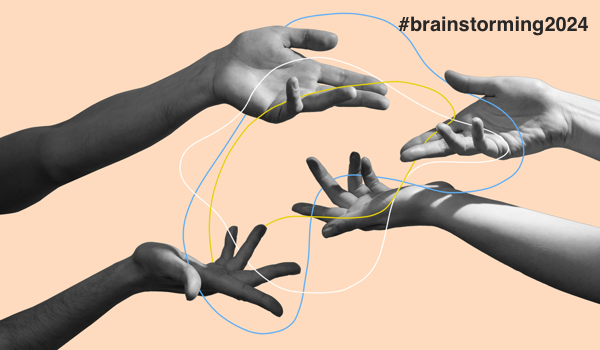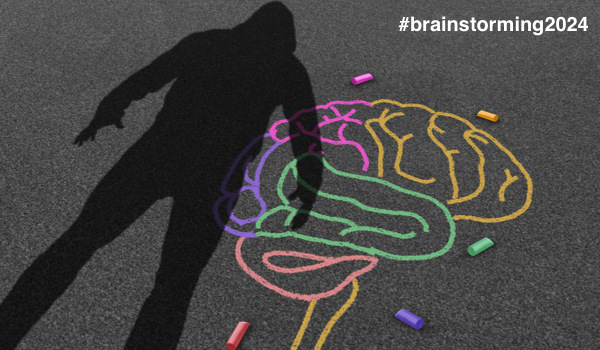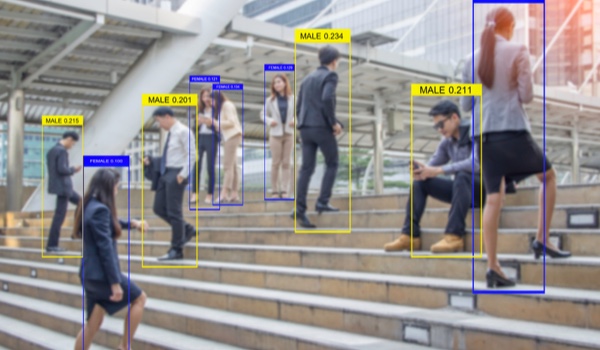


LONDON - One of the most persistent ideas about artificial intelligence (AI) is that there is a clean distinction between two types of AI technology: narrow and general.

Many people have said on numerous occasions that the expertise of today’s AI systems is limited to single fields. One AI program excels at chess. Another generates pictures in response to text prompts. Yet another provides advice on how to navigate between two points on a map, taking real-time traffic flows into account. A fourth reviews medical scans to search for signs of malignant growths. Within their own fields, each piece of AI can perform wonders.
However, if one asks the chess-playing software to create a picture of the psychological state of its opponent, it will not understand the question. Similarly, the map-navigating software has no clue about medical scans. These AIs are ‘narrow,’ which means that they lack any abilities in what has been called ‘general intelligence.’
As for general intelligence - an AI that can switch seamlessly between numerous different tasks, with something like the flexibility of a human - that has often been imagined to be something that belongs to some future epoch, perhaps around the middle of this century or even later.
However, 2023 is poised to be the year when this distinction between narrow and general AI crumbles. Going forward, the existence of AI systems with multiple skills will increasingly be acknowledged. Such systems will no longer be characterized as being applicable only to narrowly defined tasks. Instead, a single system will be able to perform well on hundreds of different tasks and, moreover, such systems can easily be retrained - with minimal effort - to perform equally well on thousands of new tasks.
When thinking of a name for this, perha
The content herein is subject to copyright by The Yuan. All rights reserved. The content of the services is owned or licensed to The Yuan. Such content from The Yuan may be shared and reprinted but must clearly identify The Yuan as its original source. Content from a third-party copyright holder identified in the copyright notice contained in such third party’s content appearing in The Yuan must likewise be clearly labeled as such. Continue with Linkedin
Continue with Linkedin
 Continue with Google
Continue with Google







 1497 views
1497 views










